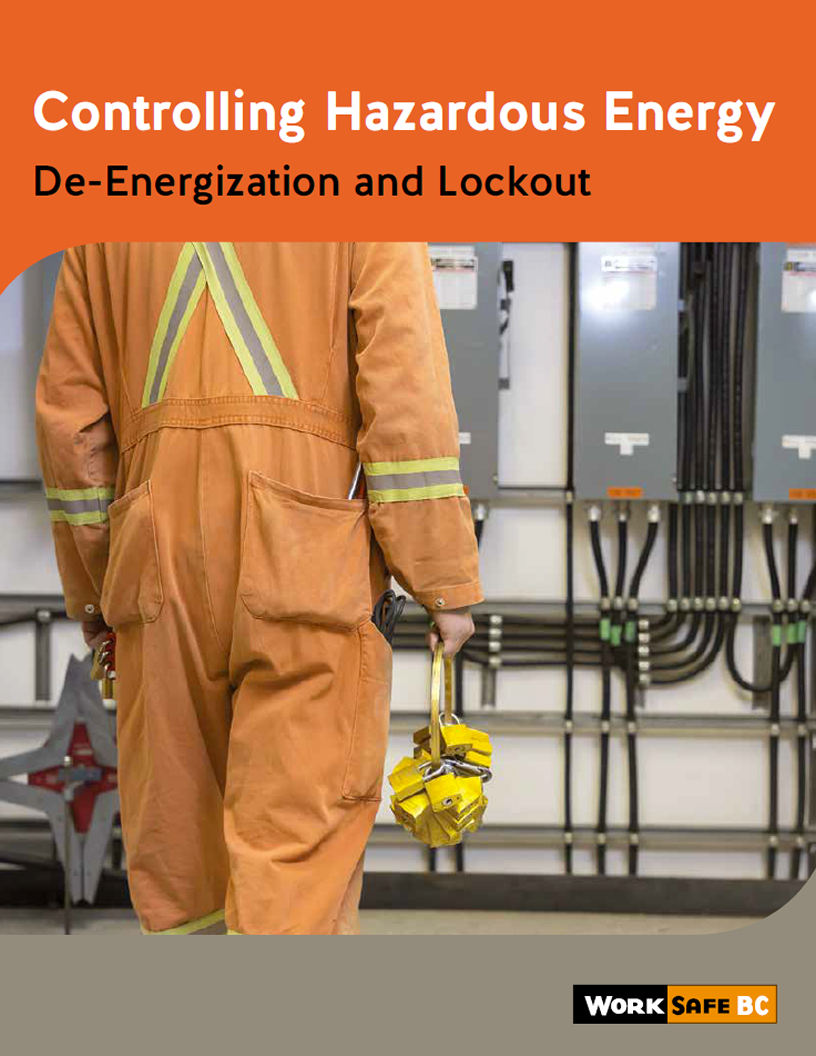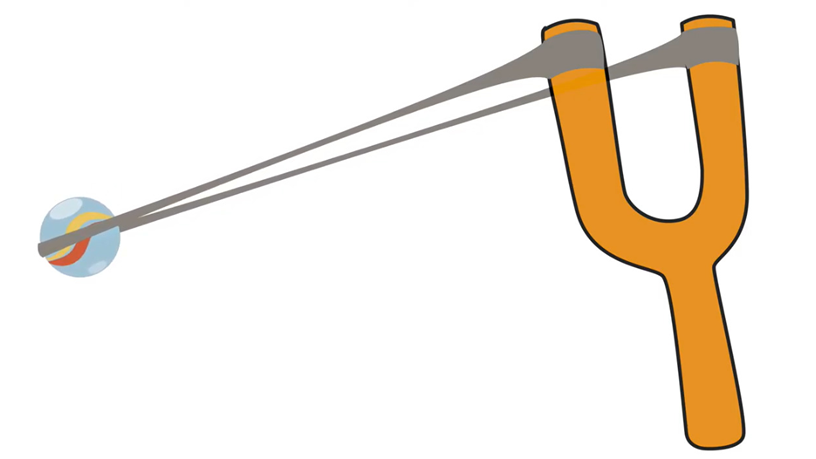De-energization & lockout
Equipment that is not de-energized and locked out can unexpectedly start when maintenance work is being done, which can result in serious injuries to workers.
- What is de-energization and lockout?
- When is de-energization and lockout required?
- Five steps to de-energize and lock out machinery or equipment
- Resources
What is de-energization and lockout?
De-energization means removing the energy from machinery or equipment. Lockout refers to using lock(s) to isolate an energy source or to ensure machinery or equipment is inoperable.
De-energization and lockout must be done in combination to effectively prevent the release of energy that could potentially cause injuries.
There are often hidden sources of energy still present even after the main energy source has been disconnected from the equipment. These hidden energy sources are commonly known as kinetic energy and potential energy. To properly de-energize equipment, it's essential that employers implement controls to eliminate or reduce the risk of these energy sources.
When is de-energization and lockout required?
Machinery or equipment must be de-energized and locked out when maintenance work is being done, or any time safeguarding is removed, bypassed, or circumvented.
Maintenance is any work performed to keep machinery or equipment in a safe operating condition. This includes installing, repairing, cleaning, and lubricating the equipment, as well as clearing any obstructions in the machinery.
Five steps to de-energize and lock out machinery or equipment
Every de-energization and lockout process will involve the same five basic steps outlined below, regardless of the scope of work or the complexity of the machinery or equipment. Workers must know and understand each of the steps required to properly de-energize and lock out machinery and equipment.
-
1
Identify machinery/equipment
Identify the machinery or equipment that needs to be locked out.
-
2
Shut off machinery/equipment
Make sure that all moving parts have come to a complete stop or safe state. Also ensure that the act of shutting off equipment does not cause a hazard for other workers.
-
3
De-energize energy sources
Identify and de-energize all hazardous energy sources. Energy-isolating devices must be used on the main power circuit, not on a control power circuit.
-
4
Apply personal lock
Apply a personal lock to the energy-isolating device for each hazardous energy source, and keep the keys to the lock in your possession. These locks ensure personal lockout protection. Since no other worker has a key for that lock, the lock can’t be removed inadvertently. Do not use combination locks for lockout.
-
5
Test de-energization and lockout process
Verify the effectiveness of the de-energization and lockout process after each energy-isolating device is locked out or after a group of nearby devices is locked out. Before testing, ensure that all other workers are clear of the hazards and that no hazard will be created if the process isn’t effective. The most common way to test the effectiveness is to attempt to start the equipment and confirm it does not start.
See Controlling Hazardous Energy: De-Energization and Lockout for more guidance on alternative testing methods.
Highlights
- New videos highlight the hazards of potential and kinetic energy and how employers can reduce the risks Published on: December 16, 2020
- Revised manual on controlling hazardous energy through de-energization and lockout Published on: September 13, 2019



